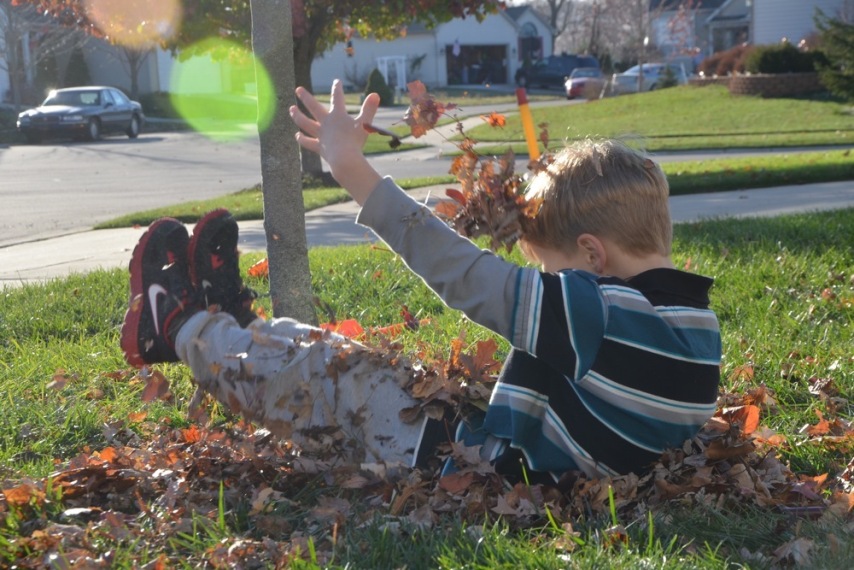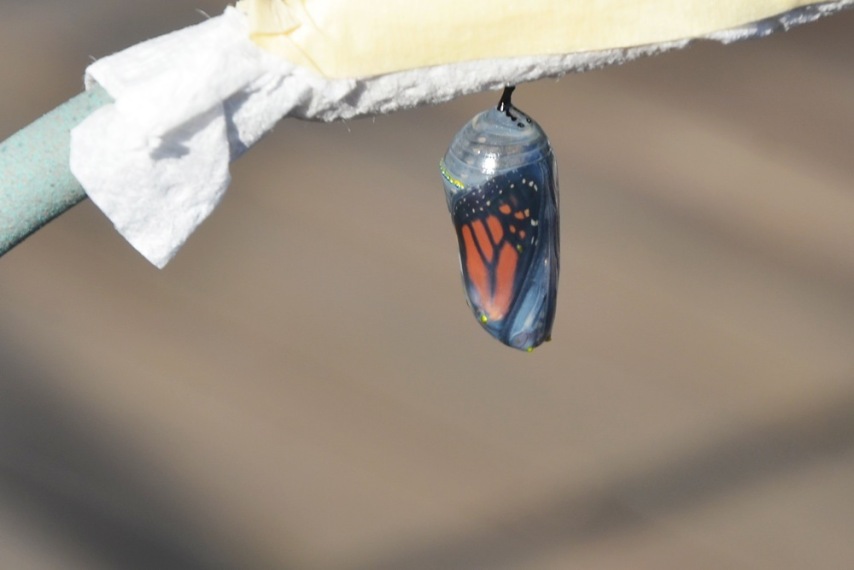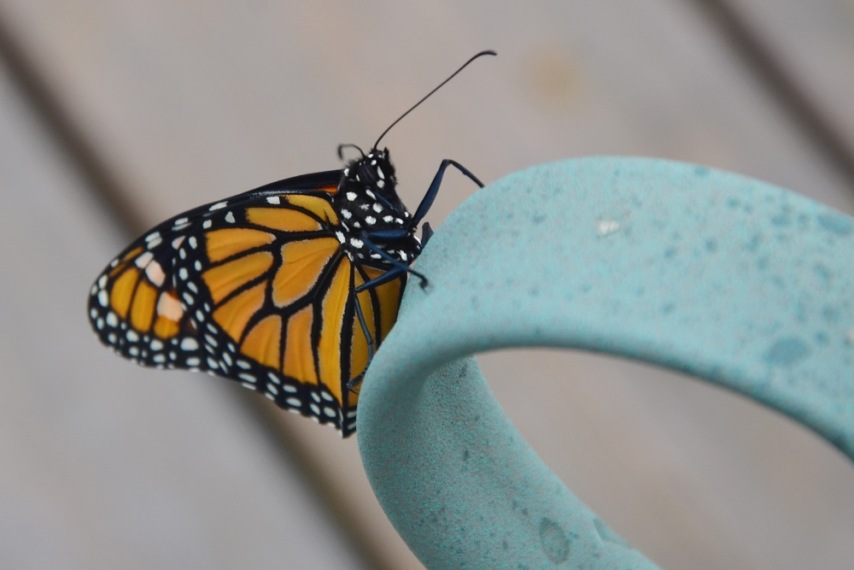Zoo babies (and more)
Speaking of flexible summer days, today we dropped everything and headed over meet the new river otter pups just introduced on exhibit. Actually, our zoo has several babies this year, including a camel calf we did not get to see, and river otter pups and grizzly bear cubs, all of which were very entertaining while we were there. We had a chance to see the otter pups nursing, swimming playfully, and even tumbling down the slide in a head-over-tails ball of baby otters. We also watched them them follow and perfectly mimic their mother's every move in what could only have been a river otter's version of home (zoo) schooling. The lesson included swimming, looking for food, and waste elimination, and it looked quite a bit like follow the leader. One of them must have stepped out of line, though, because we actually saw his mother drag him by the scruff, under water, across the entire exhibit, then haul him out of the water onto the shore (he's as big as she is, mind you), and sit on him. We didn't see what got him into that trouble, but I think he's not likely to do it again.
The grizzly cubs were equally as precious. The three brothers were brought to the zoo late last year after their mother was killed by a poacher (story here), and they are immensely fun to watch. While we were there they swam, chased each other, and tumbled over and over a log that was in their pool. It was as though they were daring each other to be increasingly brave. There were other animals that we greatly enjoyed this trip, too, like the giraffe drinking from a spigot, the ostrich eyeing us warily from the shade, the penguins (of course), the polar bear who was just a glass width away, and some hoppity kangaroos. We ate lunch in the shade of a powerless carousel (the power still out in parts of the zoo from last week's storms), and even happened to spy some non-resident birds: black-capped night herons (adult and juveniles), and a red bellied woodpecker. Wildlife at the zoo, just imagine that.
We have gotten pretty good at spotting interesting wildlife, actually. I am a naturalist at heart, much of my college learning being focused on animals, their behavior, evolution, adaptations, and habitats, and Calvin has long taken part in seeking, finding, and quietly observing nature with me. Recently we have started to talk more in depth about what differentiates various types of life, like plants from animals, or mammals from amphibians, reptiles, or birds. A few weeks ago, partly following suggestions in BFSU, we talked at length about energy as the driving force behind life and about speciation, which really added to our enjoyment of all critter sightings while we were hiking on vacation, and the same can be said about today's sightings, both wild and not-so-wild (and one green heron sighting back in our own yard). Which means, I guess, that this only seemed like just another trip to the zoo, and that, in fact, brings me back around to what I was saying yesterday about learning and life fitting quite nicely together, quod erat demonstrandum.
Or, put more simply, we had a great time at the zoo today.
Black-capped night heron being sneaky in the vulture enclosure
Black-capped night heron juveniles being sneaky (and avoiding their parents) in the ostrich and kudu enclosure
Grizzly cubs (including the little guy above)

Sadly, a powerless carousel
American bison
Little boy on an elephant sculpture
Red bellied woodpecker (from very, very far away, and very, very cropped in, but he's there)
 Zoo,
Zoo,  bird watching,
bird watching,  homeschooling,
homeschooling,  learning,
learning,  nature,
nature,  science,
science,  wildlife
wildlife 























































































































